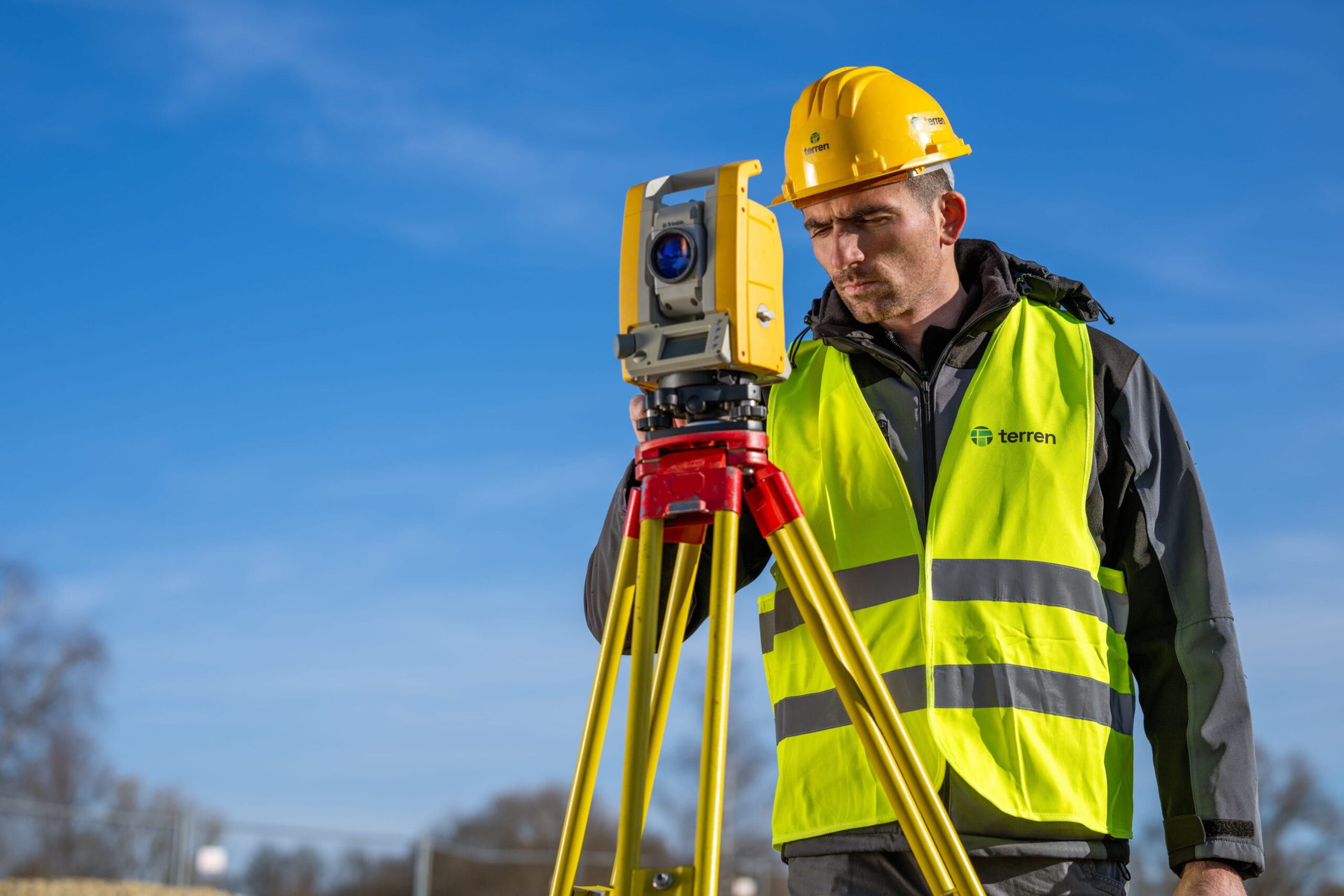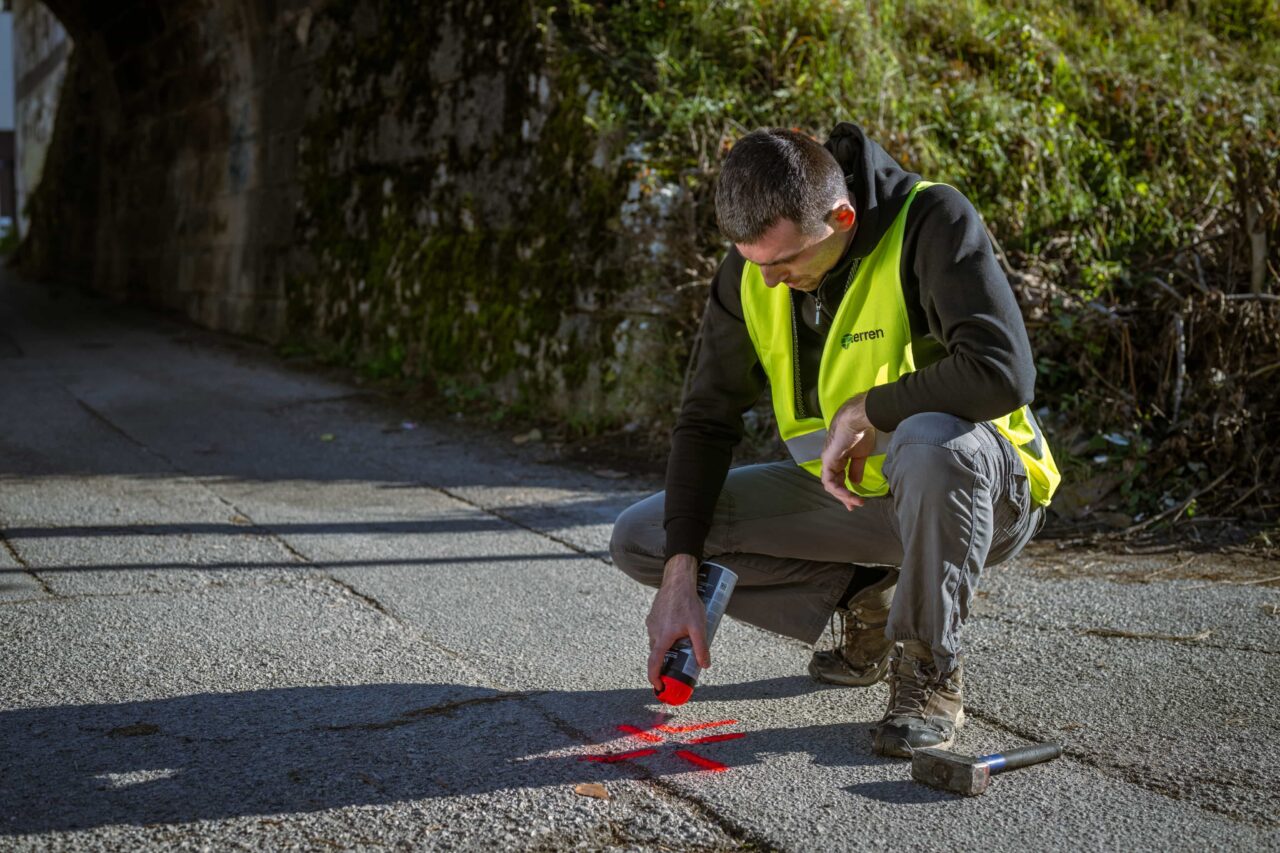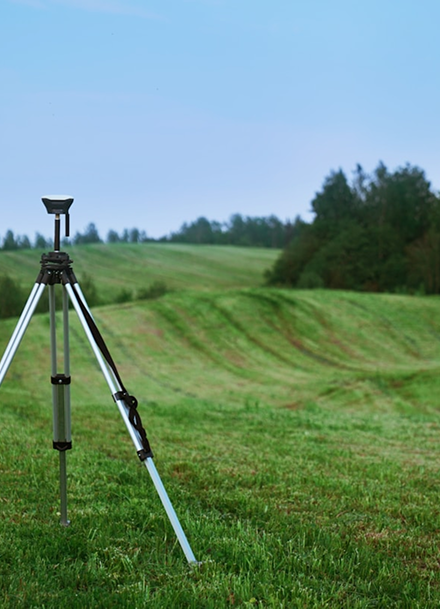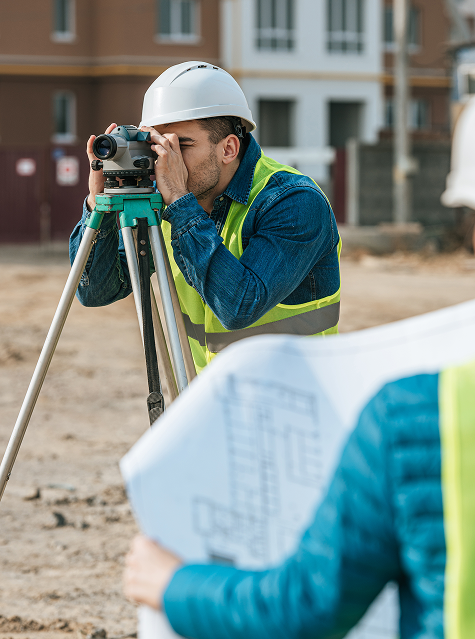We measure thoroughly and accurately
Identification of cadastral plot
The identification of cadastral parcels is a geodetic procedure that verifies, determines and confirms that some real estate in kind (on the ground) corresponds to a certain cadastral parcel entered in the cadastral and land registry records.
In other words, particle identification means confirming what is actually which particle , especially when there is a discrepancy between the paper and the actual state.

Often in practice there is a need to identify real estate. We distinguish between two cases:
01
The owner does not know where his plot is located, but he has the number of the plot he owns.
The surveyor uses cadastral and land registry data to determine the exact position of the cadastral plot, after which he goes out into the field and identifies the property – land, and it is a good idea to also mark out the boundary if there are no solid and obvious boundaries on the ground (e.g. dry stone walls…).
02
The owner knows where his plot is, but he doesn’t know what number it is and in which cadastral municipality it is located.
The second case is less common and does not pose a problem in urban areas – because it is also possible to obtain information via the address, but it complicates the problem-solving process considerably in overgrown, remote and hilly areas, where the cadastral data is often poor, outdated and inaccurate. In this case, the surveyor goes out into the field and records the plot and the surrounding area, and then comes to a solution in the office.

What does the particle identification process look like?
1. Collection of documentation – extract from the land register, title deed, cadastral plan, existing geodetic data.
2. Geodetic survey on the ground – a certified geodetic surveyor goes out into the field, identifies the location of the cadastral plot in question, and records the existing condition (boundaries, objects, boundaries).
3. Comparison with official data – the coincidence of the actual situation with cadastral and land registry data is analyzed.
4. Documentation creation – documentation is created that contains graphic representations, data comparison, descriptions of non-conformities (if any) and confirmation of the particle’s identity.
Testimonials
Customer satisfaction is our top priority.
Based on focused and dedicated work within set deadlines.






